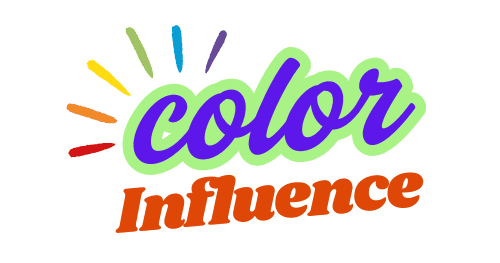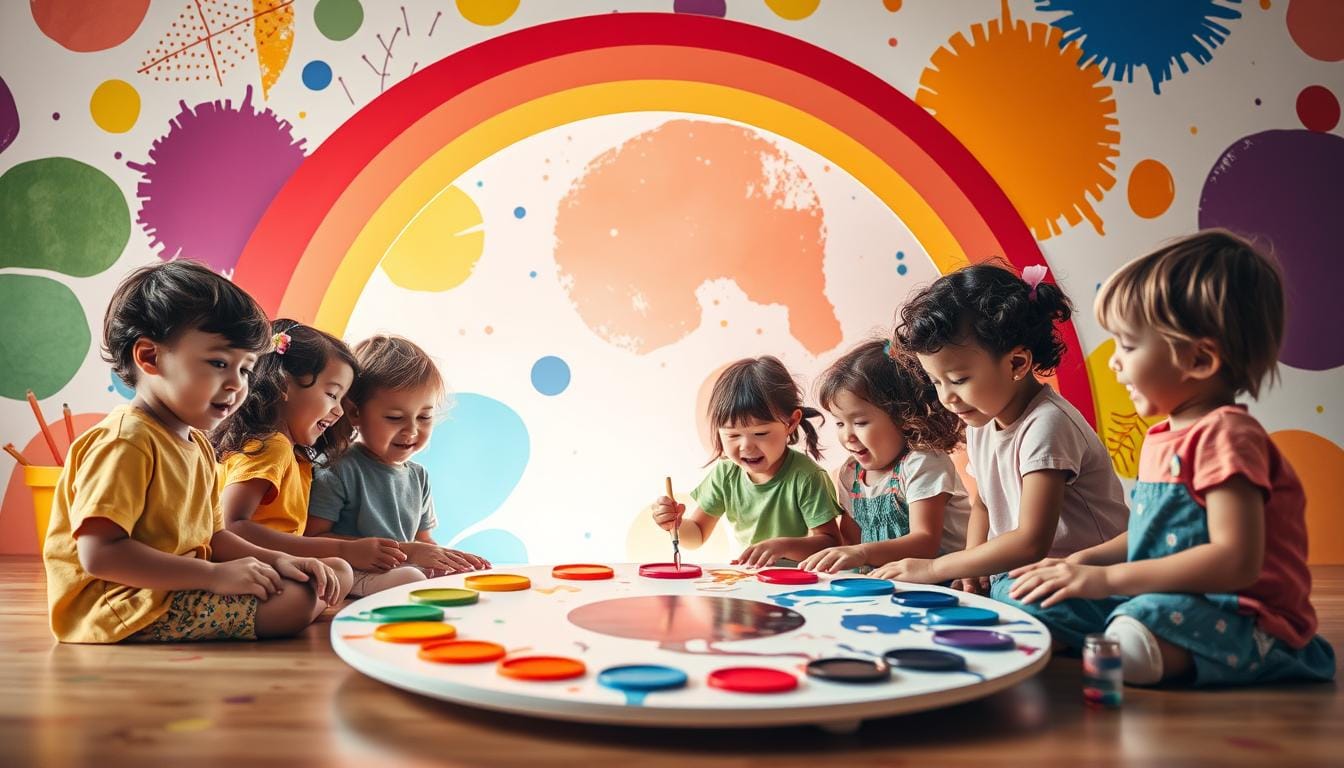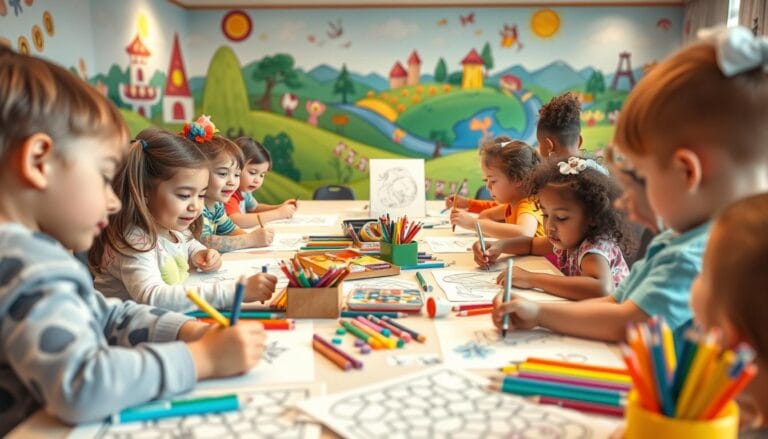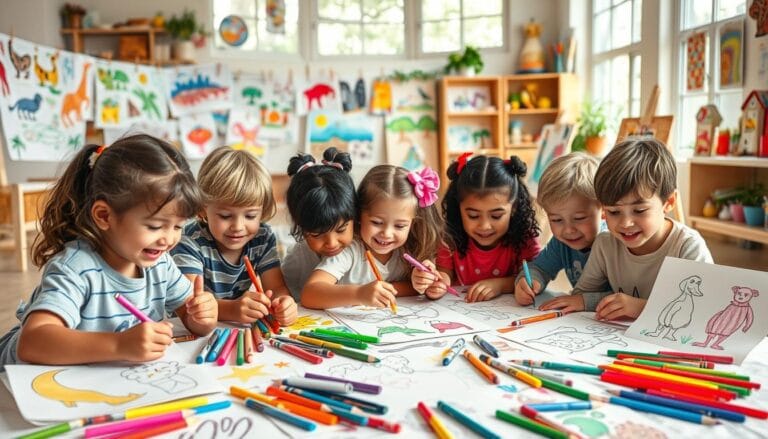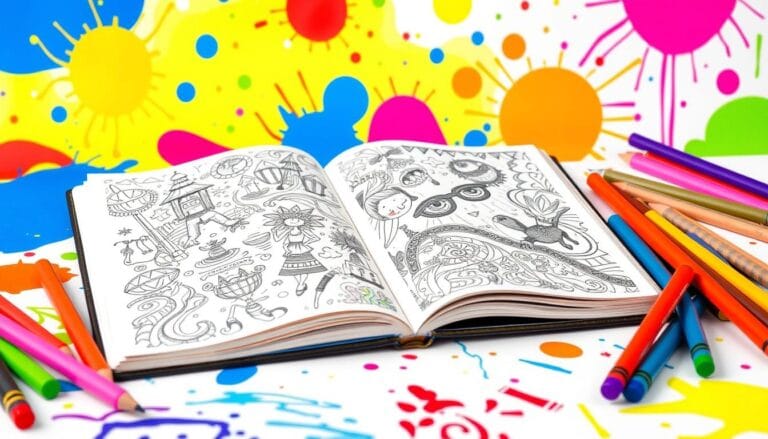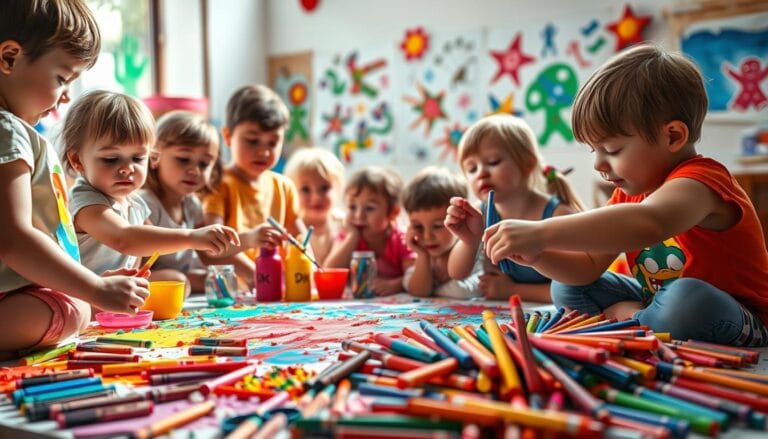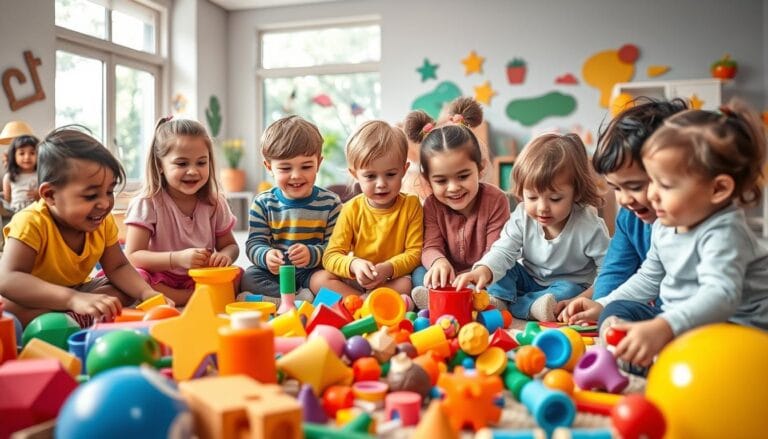Unleash Boundless Creativity with Color Harmony for Kids
Every child has an inner artist waiting to burst forth with vibrant colors and imaginative expressions. Unleash creativity with color harmony for kids by exploring more than just painting—it’s about opening a world of artistic possibilities that transform how children see and interact with their environment.
Color theory for children is a magical journey that goes beyond simple art lessons. It’s an adventure that helps young minds understand how colors communicate, interact, and create emotional responses. Imagine watching your child’s eyes light up as they discover the incredible language of colors!
By introducing color harmony early, you’re giving children a powerful tool for self-expression. Research shows that 85% of children learn best through hands-on activities, making art the perfect medium for understanding color relationships. From primary colors to complex color wheels, this exploration can spark lifelong creativity.
Understanding the Magic of Color Theory for Children
Color theory for kids is a fun journey into the world of art. It lets young artists discover how colors work and feel. Learning about color and emotions makes art education magical.
Colors are more than just what we see. They talk to our feelings and dreams. Each color has its own special meaning that changes how we see things.
What Makes Colors Special
Colors have amazing qualities:
- They can make us feel certain ways
- Every color has its own story
- Colors can say things without words
The Science Behind Color Perception
Our brains handle colors in a complex way. Color perception is a remarkable neurological process. It lets kids see the world in a new light. Different light waves make each color experience unique.
How Colors Affect Emotions
Colour psychology shows how colors impact us:
- Red: Excitement and passion
- Blue: Calmness and trust
- Yellow: Happiness and mental stimulation
- Green: Balance and harmony
Knowing this helps kids express themselves better through art and creativity.
The Color Wheel: A Kid’s Guide to Color Discovery
Imagine a magical map that shows how colors work together! The color wheel is like that – a tool that helps you see how colors connect. It’s a playground for your eyes, where colors mix in fun ways.
Let’s explore some fun color wheel activities:
- Discover how primary colors (red, blue, and yellow) are the foundation of all colors
- Learn to mix colors and create new shades like magic
- Explore how colors can make you feel different emotions
Teaching color schemes becomes an adventure with the color wheel. You’ll learn how colors work together. Imagine being a color detective, uncovering the secrets of how colors work together!
The color wheel is more than a circle – it’s a map. It shows:
- Primary colors that create all other colors
- Secondary colors made by mixing primaries
- How colors can complement each other
Artists and designers use the color wheel to create stunning designs. They choose perfect color combinations and make artwork that grabs your attention. By understanding this magical wheel, you’ll unlock a world of creative possibilities!
Colors are like friends – some work perfectly together, while others create exciting surprises!
Primary Colors: The Building Blocks of Art
Explore the magical world of primary colors. Here, red, blue, and yellow are the heroes of art. They are the base for all color mixing, opening up a world of creativity and self-expression.
Primary colors are special because they can’t be made by mixing other colors. They are the original colors from which all others come. Knowing these colors is key for kids starting with primary colors crafts.
Red, Blue, and Yellow Basics
Let’s dive into the magic of these three colors:
- Red: A warm, energetic color that grabs your attention
- Blue: A cool, calming color that reminds us of the sky and ocean
- Yellow: A bright, sunny color that spreads joy
Fun Experiments with Primary Colors
Kids can have fun mixing colors through simple experiments. Try these fun activities:
- Color Mixing Palette: Mix primary colors to make new shades
- Watercolor Magic: Blend colors on wet paper to see changes
- Paint Splash Challenge: Make art using only red, blue, and yellow
Creating Art with Pure Colors
Encourage kids to use primary colors in their art. By learning how these colors work together, they can explore endless creative possibilities. They will also gain a deeper understanding of color theory.
Exploring Color Harmony for Kids
Color harmony is like a magical recipe for young artists. It helps them create beautiful artwork. Imagine your art as a musical orchestra, where colors play different instruments that create a perfect melody.
Let’s dive into some exciting color harmony projects. These projects can transform your artistic skills:
- Create a color wheel project that divides a paper plate into 12 colorful sections
- Experiment with color combinations that make your artwork pop
- Learn how different colors interact and complement each other
Color harmony involves understanding three key color combinations:
- Complementary colors: Colors opposite each other on the color wheel
- Analogous colors: Colors next to each other that create a harmonious blend
- Triadic colors: Three colors evenly spaced on the color wheel
Mastering color harmony projects unlocks the secret to creating visually appealing artworks. Young artists can learn to choose colors that work together. This creates balanced and exciting designs that capture attention and spark imagination.
Remember, color harmony is about more than just picking pretty colors. It’s about understanding how colors interact, communicate emotions, and bring your artistic vision to life. Start experimenting, and watch your creativity soar!
Secondary Colors: Mixing Magic
Dive into the exciting world of color mixing for kids! Secondary colors are magical transformations that happen when you blend primary colors. Your artistic journey will unlock the secrets of creating vibrant new hues that bring imagination to life.
Hands-on color learning becomes an adventure when you discover how simple color combinations can create stunning results. Let’s explore the wonderful world of secondary colors!
Creating Purple, Green, and Orange
Color mixing for kids is like a magical recipe. Each secondary color comes from combining two primary colors:
- Red + Blue = Purple
- Blue + Yellow = Green
- Yellow + Red = Orange
Color Mixing Activities
Try these exciting hands-on color learning experiments to understand secondary colors:
- Use watercolors to blend primary colors
- Create a color mixing journal
- Experiment with different paint mediums
Art Projects with Secondary Colors
| Color | Mixing Ratio | Project Idea |
|---|---|---|
| Purple | Equal parts Red and Blue | Lavender landscape painting |
| Green | Equal parts Blue and Yellow | Nature collage |
| Orange | Equal parts Yellow and Red | Sunset drawing |
Remember to start with small amounts of paint and gradually mix colors. Your creativity will shine as you explore these magical color transformations!
Complementary Colors: Finding Perfect Pairs
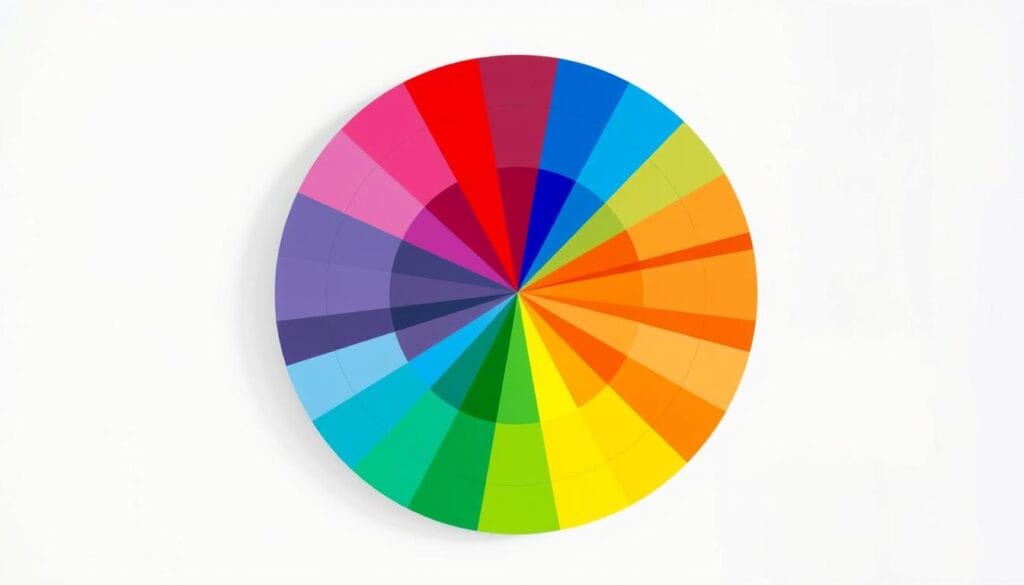
Explore the world of complementary colors in color theory for kids! These color pairs are opposite each other on the color wheel. They create amazing visual effects that can make any artwork stand out.
Think of a color wheel as a special rainbow map. Colors opposite each other are complementary. These pairs make artwork pop with their strong contrasts.
- Red and Green: Classic Christmas color combo
- Blue and Orange: Sunset sky inspiration
- Yellow and Purple: Vibrant flower-like contrast
Learning about complementary colors helps young artists make eye-catching designs. These color pairs grab attention because of their high contrast. They make each color seem brighter and more intense when together.
Kids can try out complementary colors in simple art projects:
- Draw a picture using opposite colors
- Create color gradients
- Design posters with high-contrast color schemes
Pro tip for young artists: Start by identifying complementary colors on the color wheel. Practice mixing and matching to see how they interact!
The magic of complementary colors is more than just looks. They add depth, guide the viewer’s eyes, and make artwork more exciting and memorable.
Creative Color Wheel Activities for Young Artists
Exploring colors is a fun journey for kids. Color wheel activities turn complex ideas into hands-on fun. They spark creativity and help kids understand colors better.
Art is more than just painting. Kids can try fun projects that make color theory come alive. These projects are interactive and help kids learn together.
Hands-on Learning Projects
Start an adventure with these exciting projects:
- Create a personal hand-painted color wheel using only primary colors
- Design a rainbow outline template to understand color progression
- Experiment with pointillism inspired by Georges Seurat’s techniques
- Develop a monochromatic artwork exploring tints and shades
Interactive Color Games
Play games that make learning fun:
- Color matching memory games
- Digital color mixing apps
- Color scavenger hunts
- Virtual color wheel challenges
Group Color Activities
Group activities teach teamwork and shared learning. Kids can make big color murals or solve puzzles together. These activities boost creativity and make learning fun.
These creative ways to learn colors teach more than art. They improve critical thinking and make learning enjoyable.
Teaching Color Schemes Through Play
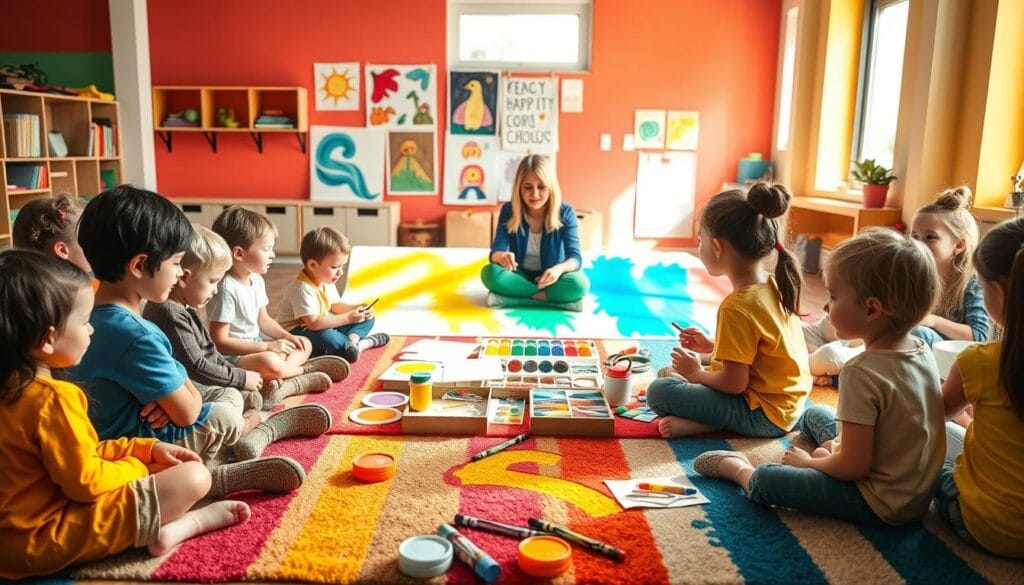
Teaching color schemes to kids makes art education fun. It turns learning into a colorful adventure. Young artists discover color combinations through fun activities that spark their creativity.
Color schemes are like secret recipes for art magic. Kids learn to mix colors through games and hands-on experiences. Let’s look at some fun ways to teach color harmony to young learners.
- Monochromatic Color Games: Explore different shades of a single color
- Color Matching Challenges: Sort and pair similar color tones
- Mixing Experiment Stations: Create new colors through playful blending
Color learning activities should be fun for kids. Here’s a list of age-appropriate color learning strategies:
| Age Group | Color Learning Activity | Skill Development |
|---|---|---|
| 2-3 Years | Color Matching Games | Basic Recognition |
| 3-4 Years | Memory Color Match | Pattern Recognition |
| 4-5 Years | Advanced Color Pattern Challenges | Problem-Solving Skills |
The three marker challenge is great for creative color choices. Kids learn to work with unexpected colors. This helps them become more flexible and imaginative in their art.
Teaching color schemes should be fun and easy for kids. Encourage them to try new things and celebrate their unique choices. Watch as they grow in their creativity!
Color Harmony Projects for Different Age Groups
Color harmony for kids needs a special touch for each age. As kids grow, they see colors in their own way. This makes projects tailored for their age key for their art growth.
Colors deeply affect young minds. They learn and have fun with colors in unique ways. This shows how vital it is to pick colors wisely for their learning.
Preschool Color Activities
Our youngest artists need simple color projects:
- Color sorting games with bright primary colors
- Finger painting exploration
- Matching color scavenger hunts
Preschoolers love bright, rich colors. Colors like red, yellow, and orange make them excited and full of energy.
Elementary School Art Projects
As kids get older, their color projects get more complex:
- Color wheel creation
- Mixing secondary colors
- Exploring complementary color relationships
Studies show 75% of parents see better focus in kids during these art projects.
Advanced Color Theory for Older Kids
Older kids can explore deeper color ideas:
- Analyzing color psychology
- Studying artist color palettes
- Creating digital color compositions
Color is a powerful tool for creativity and self-expression.
Color projects boost 90% of kids’ artistic confidence. They offer a fun journey of color discovery.
Digital Tools and Apps for Learning Color Theory
Digital technology has changed how kids learn about art, making color theory fun and interactive. Apps like Color Palette Generator give young artists a chance to play with colors. These apps are highly rated, with an average of 4.8 stars, making learning colors a joy for kids.
Modern apps let kids play with different color modes like RGB, HEX, and CMYK. They can even capture colors by taking a photo of an object. This way, kids learn about color harmony and design in a fun, easy way.
When picking digital tools for color learning, look for apps that are safe and available in many languages. Choose ones that offer color swatches, palette generation, and work with design software. The best apps are both educational and safe for young learners to explore colors.
These digital tools add to traditional art methods, offering kids endless chances to learn about color theory. By using technology and creative learning, kids can understand color mixing and design better.
FAQ
At what age can children start learning about color theory?
Kids can start learning about colors in preschool, around 3-4 years old. They can learn to recognize colors and mix them. As they get older, they can learn more about color theory.
How can I make color theory fun for my kids?
Make learning colors fun with games, art, and digital tools. Use hands-on activities like painting and drawing. This way, kids can enjoy learning colors through play.
What are the primary colors, and why are they important?
Primary colors are red, blue, and yellow. They can’t be made by mixing other colors. Learning about primary colors helps kids understand how to mix colors.
How do complementary colors work?
Complementary colors are opposite each other on the color wheel. They create contrast and excitement. Examples are red and green, and blue and orange. This helps kids make their art more interesting.
Can digital tools help teach color theory to kids?
Yes, digital tools make learning colors fun. They offer games and activities that teach color relationships in a fun way.
What are some simple color mixing activities for young children?
Fun activities include mixing watercolors and making color wheels. Kids can also play with colored play dough. These activities teach them about color mixing.
How do colors affect emotions?
Colors can make us feel different things. Warm colors like red are exciting, while cool colors like blue are calming. This helps kids understand colors in art.
Are there color theory activities suitable for different age groups?
Yes! Preschoolers start with basic colors, while older kids learn more. Activities should match each child’s age and skills.
